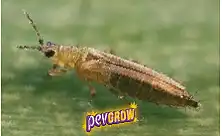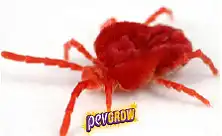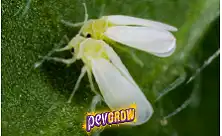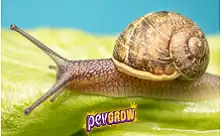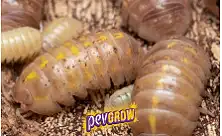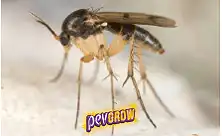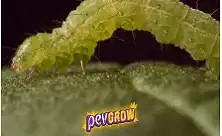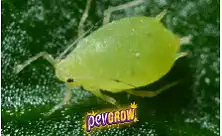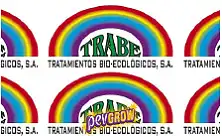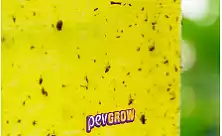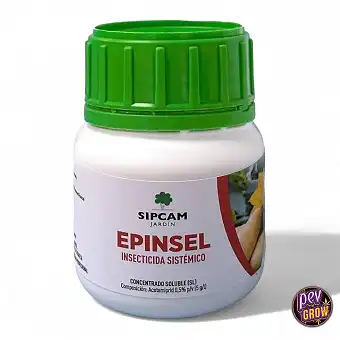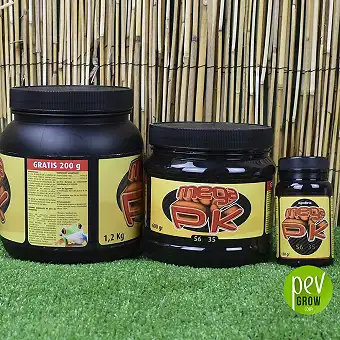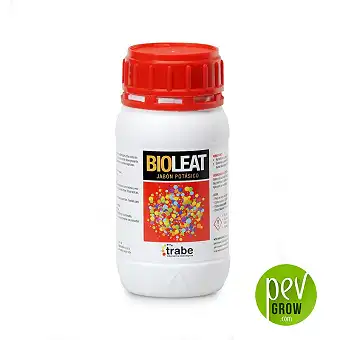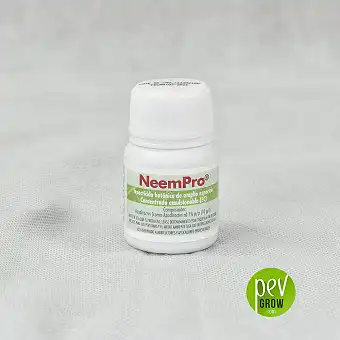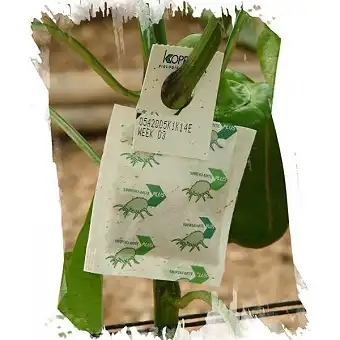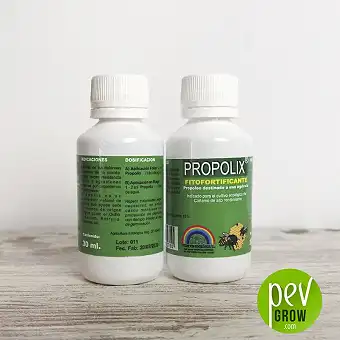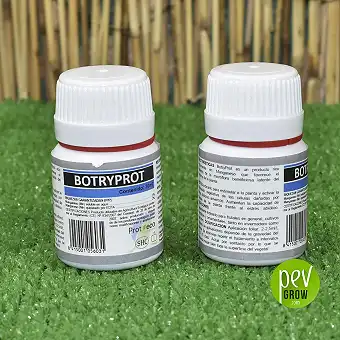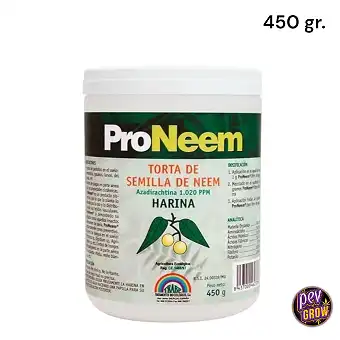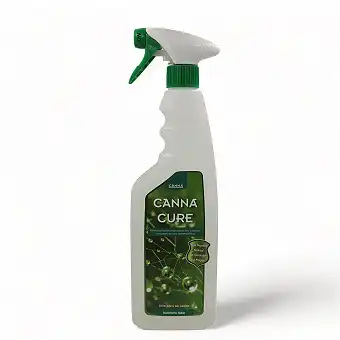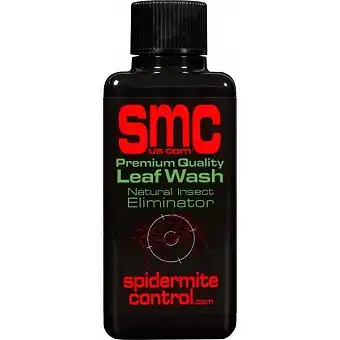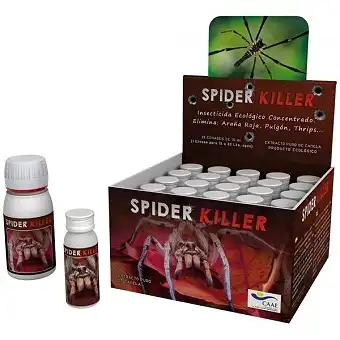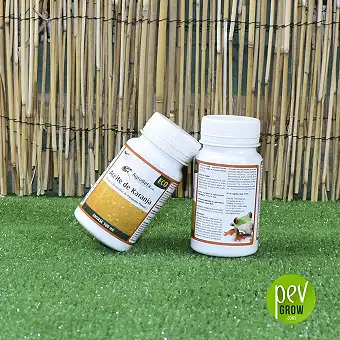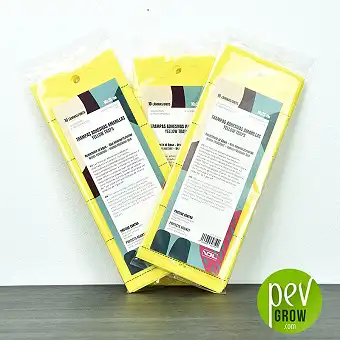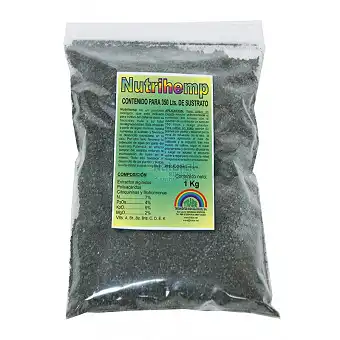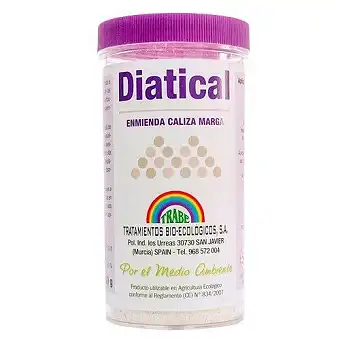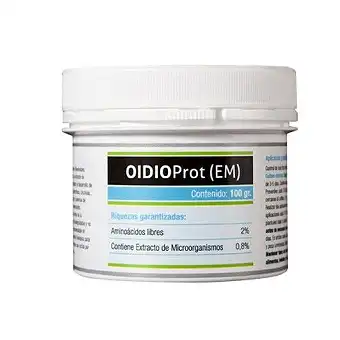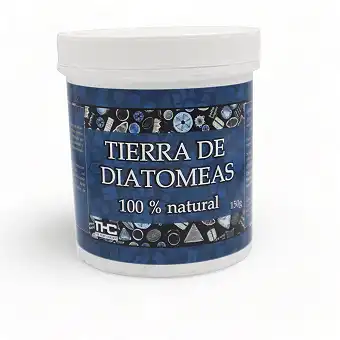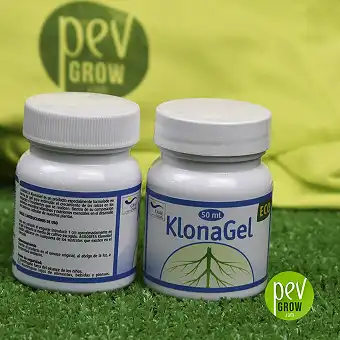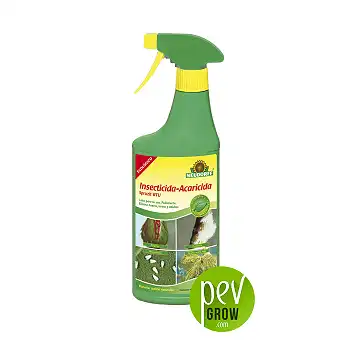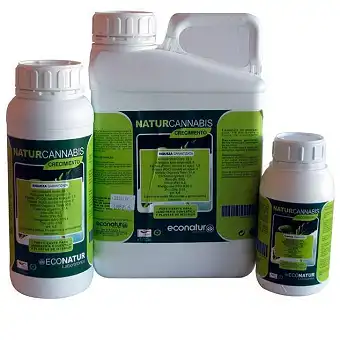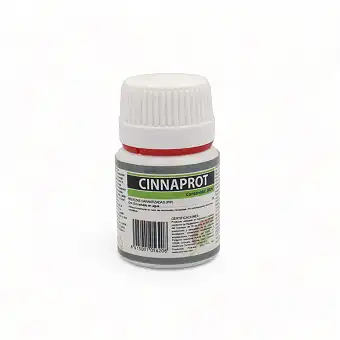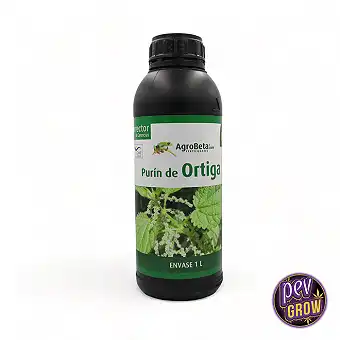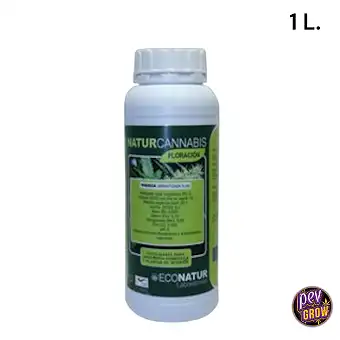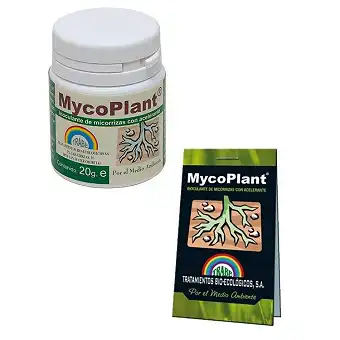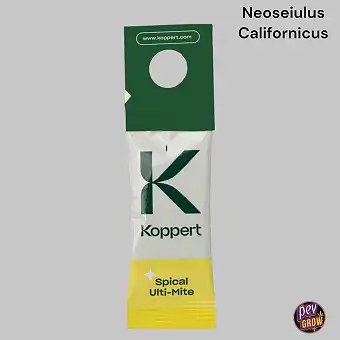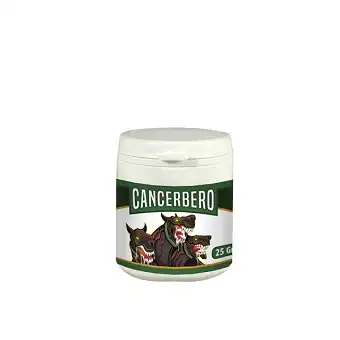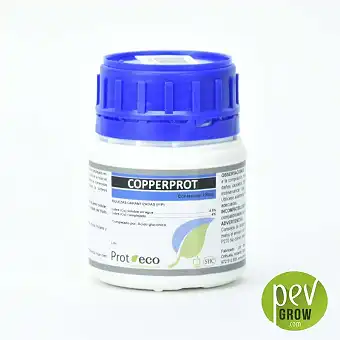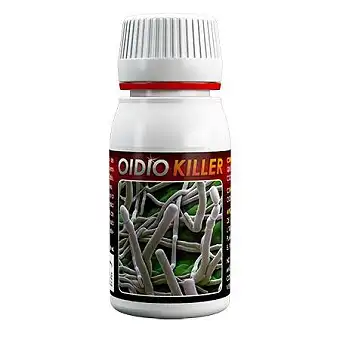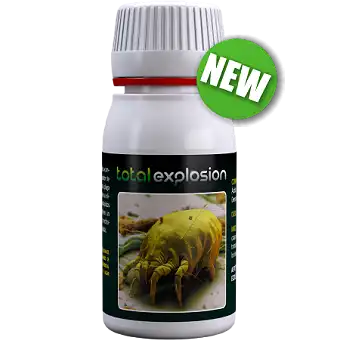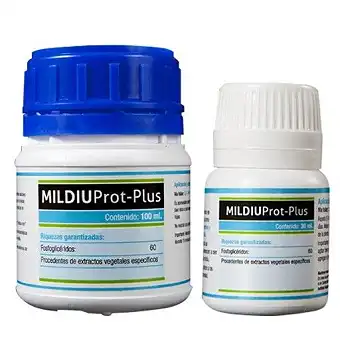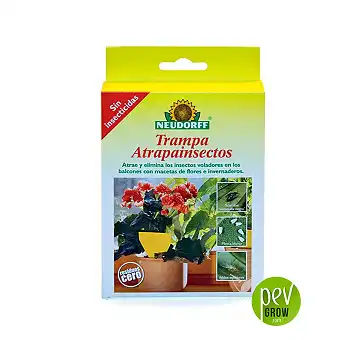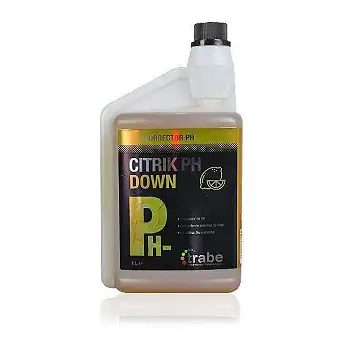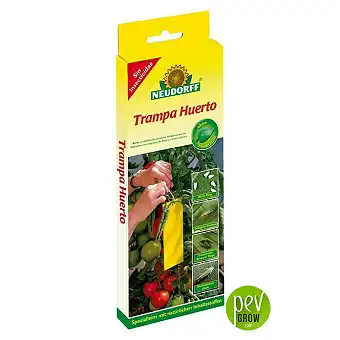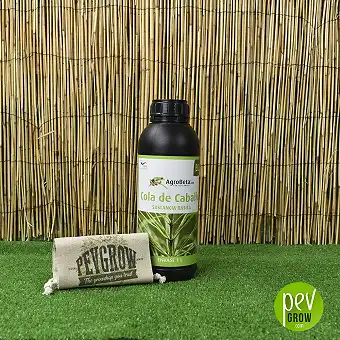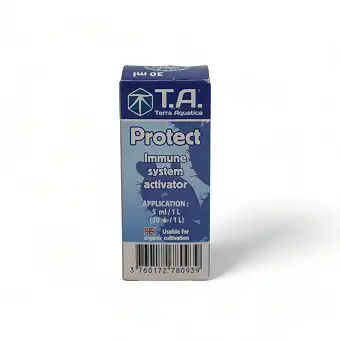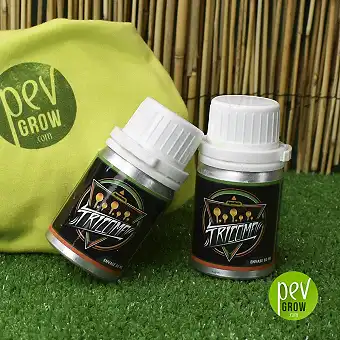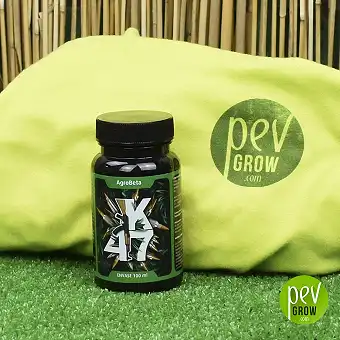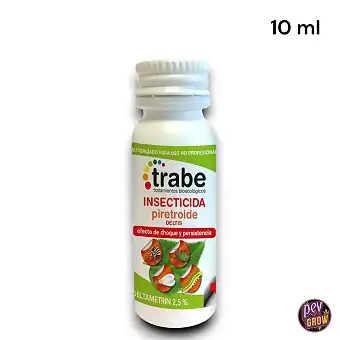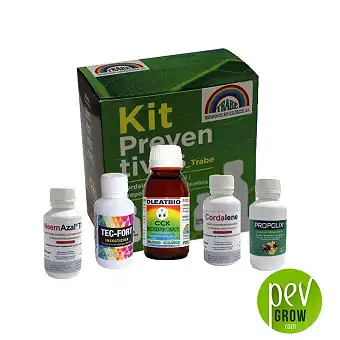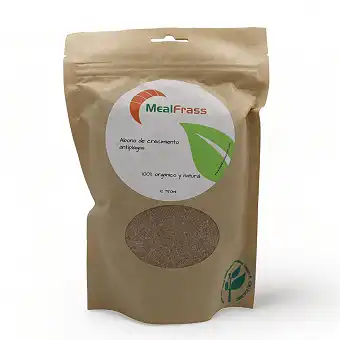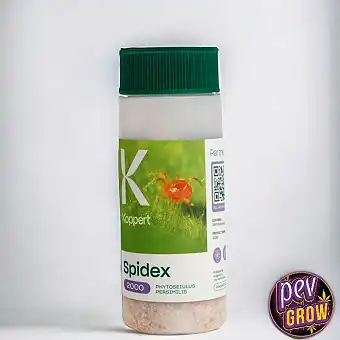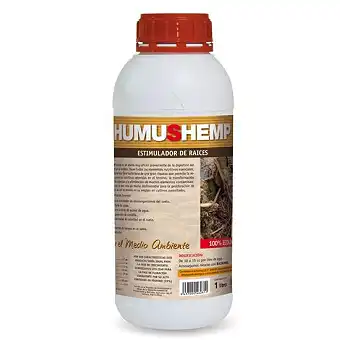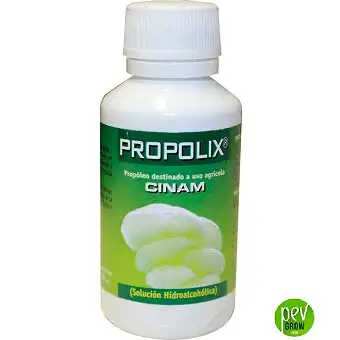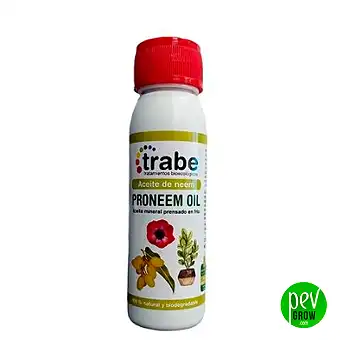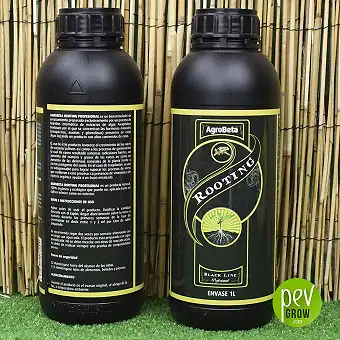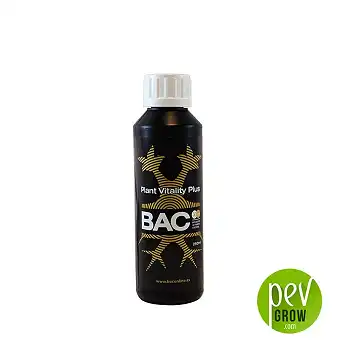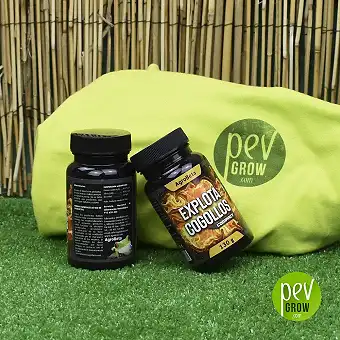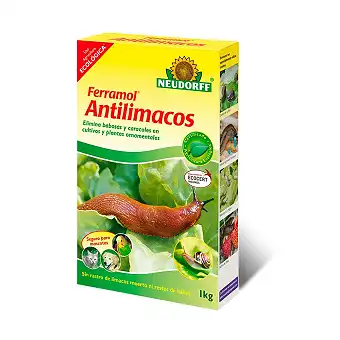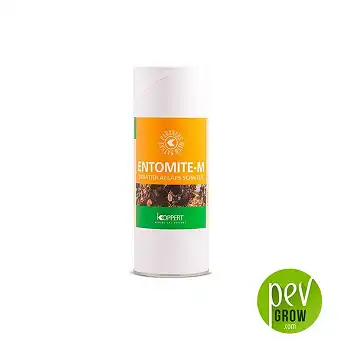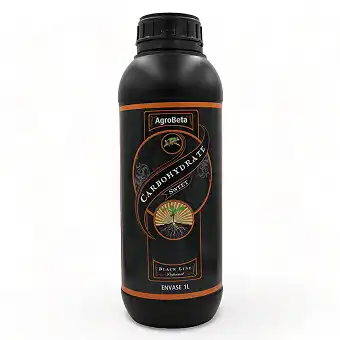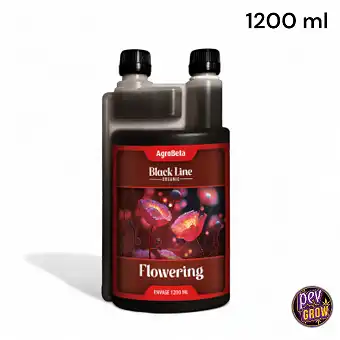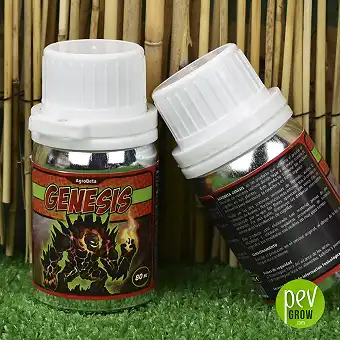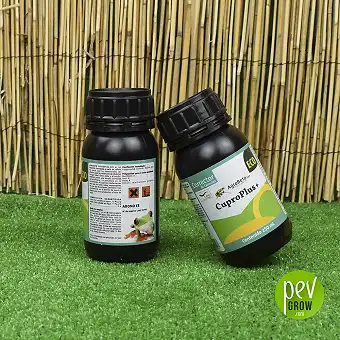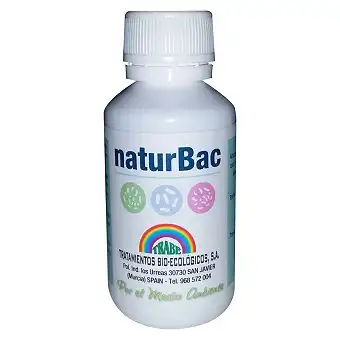Insecticides cannabis
To be successful in cultivation it is very important to use insecticides and fungicides, as a preventive to avoid pests, and as a lifesaver in case they appear.

Welcome to the world of protection for your marijuana grow. At Pevgrow, we understand how important it is to keep your plants free of pests and fungus to ensure successful harvests. That's why we offer you a wide range of marijuana insecticides designed specifically to care for your cannabis plants. Ready to discover how to effectively protect your crop?
Buy here the most effective insecticides for marijuana on the market.
Insecticides are an essential tool in the care of marijuana cultivation. Protecting your plants from pests such as Red Spider, whiteflies, thrips and other harmful insects is essential to prevent damage to the health of your plants and the quality of your buds.
At Pevgrow, we understand the importance of maintaining a healthy and pest-free grow. Our insecticides are formulated with safe and effective ingredients to protect your plants without affecting their growth and development.
Specific Insecticides for Cannabis Pests: Protect your grow with Effectiveness
Growing cannabis can face challenges, and one of the most common is pests that threaten the health and performance of our plants. To ensure that our beloved strains grow strong and healthy, it is crucial to have specific insecticides to combat each type of pest effectively.
Red Spider Insecticide
The feared red spider (Tetranychus urticae) is a common pest of indoor and outdoor cannabis crops. These small sucking mites feed on leaf sap, causing damage and weakening plants. The ideal red spider insecticide should contain effective acaricides. Products based on neem oil and garlic extract are excellent choices to combat this pest. These ingredients act as repellents and affect the life cycle of red spider , effectively controlling their population.
Whitefly Insecticide
Whiteflies (Trialeurodes vaporariorum) are small sucking insects that settle on the underside of leaves and multiply rapidly, causing damage by sucking plant sap and transmitting diseases. To treat this annoying pest, it is recommended to use anti-whitefly insecticides based on neem oil, pyrethrum extract or cinnamon oil. These ingredients attack the nervous system of whiteflies and drive them away, preventing their proliferation.
Insecticide for thrips
Thrips (Frankliniella occidentalis) are small winged insects that pierce leaf cells to feed on plant juices, leaving a silvery or tan trail on affected leaves. To control this pest, thrips insecticides based on neem extract or pyrethrins are highly effective. These ingredients attack the nervous system of thrips, reducing their population and protecting plants from serious damage.
Insecticide for aphids
Aphids (Aphidoidea) are sucking insects that cluster on leaves and stems, sucking sap and weakening cannabis plants. They also excrete a sticky substance known as "honeydew", which can favor the development of fungi and other diseases. To combat these curious insects, aphid insecticides based on garlic extract, potassium soap or neem oil can be used. These products affect the respiratory system of aphids and act as repellents, helping to keep plants free of this pest.
Insecticide for Cochineal
Cochineal (Coccoidea) are sucking insects that attach themselves to plants and coat themselves with a waxy substance. These parasites weaken plants and, in large numbers, can be devastating. To eliminate cochineal, insecticides based on neem oil or garlic extract are recommended. These Cochineal insecticides suffocate the insect by covering its spiracles and act as repellents to prevent future infestations.
Insecticide for Caterpillars
Caterpillars (Lepidoptera) are moth and butterfly larvae that feed on cannabis leaves, leaving traces of chewed damage in their wake. To control this cursed pest that has caused us to lose pounds of outdoor harvest, caterpillar insecticides based on Bacillus thuringiensis are an excellent choice. This bacterium produces toxins that are specific to caterpillars and do not harm other organisms, making it a safe and effective alternative to protect plants.
Insecticide for Snails
Snails and slugs are mollusks that are attracted to cannabis plants and can cause significant damage by feeding on them. To prevent the presence of these ugly, crawling creatures, iron phosphate-based snail and slug insecticides can be used as bait to attract and eliminate these mollusks in a safe and eco-friendly way.
Types of Marijuana Insecticides
- Natural Insecticides: If you are looking for a greener and more environmentally friendly option, our natural insecticides are the perfect choice. Made with plant extracts and essential oils, these products repel pests without leaving chemical residues on your buds.
- Chemical Insecticides: For more intensive protection, our chemical insecticides are highly effective against a wide variety of pests. These products are designed to combat heavy infestations and provide fast, long-lasting results.
- Biological Insecticides: Our biological insecticides contain beneficial microorganisms that specifically target pests, leaving your plants healthy and free of collateral damage. These biological solutions are a safe and effective option for pest control.
How to Choose the Right Insecticide for Your Growing?
When choosing the right insecticide for your marijuana grow, it is important to consider several factors:
- Pest type: Identify the specific pests affecting your plants to select the most appropriate insecticide to combat them.
- Crop stage: Consider the growth stage of your plants. Some insecticides may be more suitable for the vegetative phase, while others are safe to use during flowering.
- Ecological preferences: If you are looking for a more natural option, opt for organic or biological insecticides that will protect your crop without compromising the environment.
How to Apply Insecticides to Your Marijuana Grow
- Read the Directions: Always follow the manufacturer's directions for dilution and application of the insecticide.
- Time of Application: It is preferable to apply insecticides during the hours of less insolation to avoid leaf burns, outdoors at dusk or dawn, and indoors always with the light off, if possible at the time when the night cycle begins.
- Avoid Over-application: Do not exceed the recommended dose to avoid damage to your plants.
- Rotate Insecticides: Alternate the use of different insecticides to prevent pest resistance.
Sale of insecticides for marijuana of all types and brands, and as always with the best quality/price ratio in the market.
At Pevgrow, we understand that protecting your marijuana grow is a priority. Our selection of insecticides provides you with effective and safe options to keep your plants pest-free and ensure successful harvests. Protect your investment and enjoy a healthy, thriving grow with our specialized insecticides. Don't risk your grow, protect your plants with our quality insecticides. Take a good look at this section and discover the best selection of insecticides to take care of your marijuana grow, buy now and ensure exceptional harvests!
Frequently Asked Questions related to marijuana insecticides
Are chemical insecticides safe for bud consumption?
Our chemical insecticides are designed to be applied during the vegetative phase and do not leave toxic residues on mature buds, as long as the application instructions are followed and the safety time is respected.
Can I apply insecticides on autoflowering plants?
Yes, but it is important to take into account the life span of autoflowering plants and to use insecticides that do not affect their development.
How often should I apply insecticides preventively?
The frequency of application will depend on the type of insecticide and the level of infestation. It is recommended to follow the manufacturer's instructions, but normally it can be applied every 15 days if it is a preventive measure.
Do biological insecticides affect beneficial insects?
No, biological insecticides are formulated to specifically target pests and do not affect beneficial insects that help balance the ecosystem.
Is it necessary to apply insecticides if I have no pests in my harvest?
It is recommended to apply insecticides preventively to avoid future infestations and maintain a healthy harvest.
Among all of you who comment or send us your questions there will be a bimonthly draw for a 50 euros voucher to buy in Pevgrow. What are you waiting for? Write now and participate!




